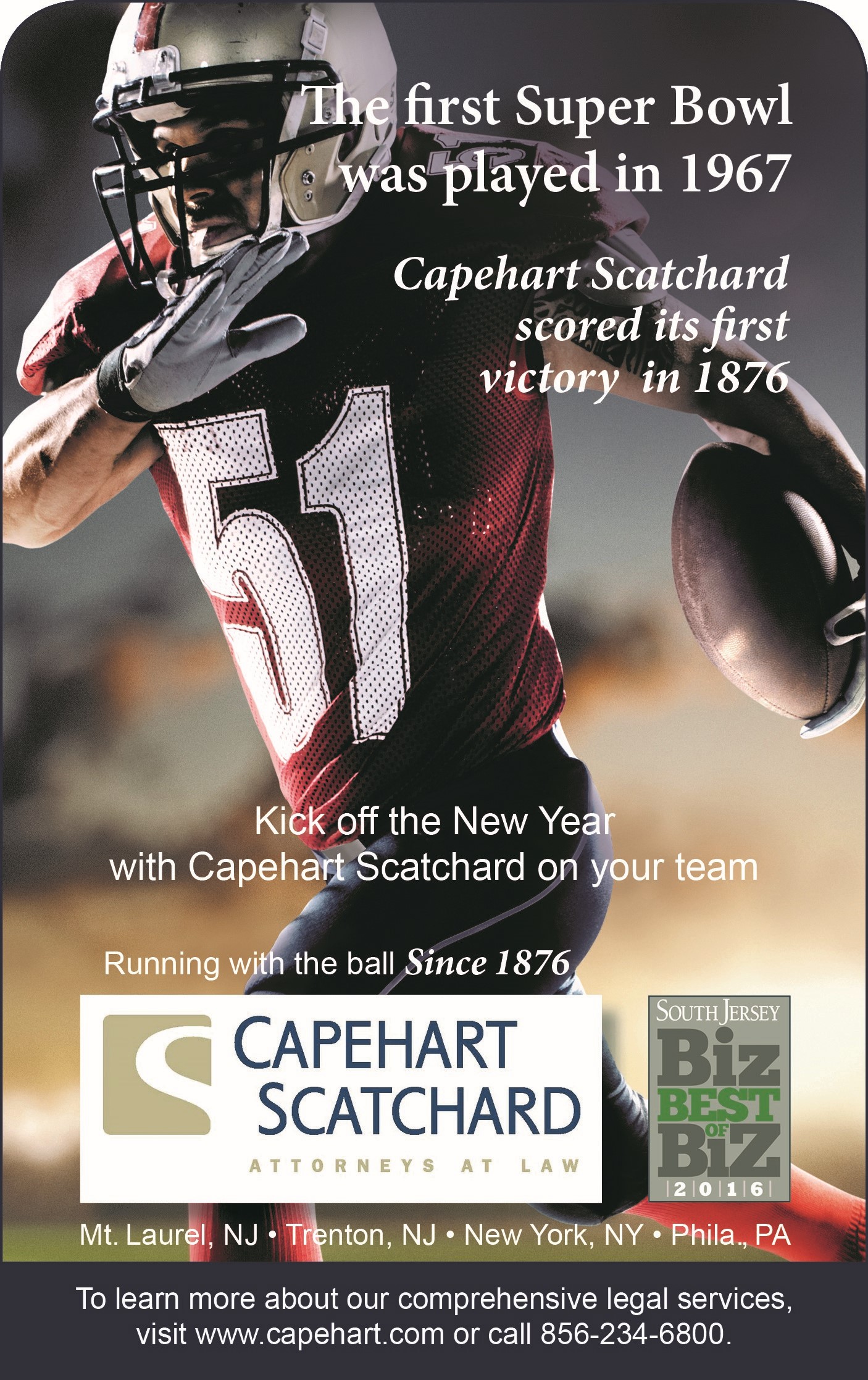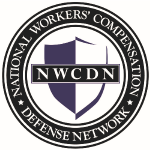Award Affirmed For Mechanic With Longstanding Back Problem Found To Have Been Worsened By Twisting Motion
Edward Kovalcik worked as a maintenance mechanic at Capital Health-Fuld. He was injured in February 2011 while repairing a door. He said that he twisted to pick up a screw and injured his low back. Dr. Lee Buono, a neurosurgeon at the hospital, came to the scene of the injury and observed Kovalcik writhing in pain on the floor. Dr. Buono ultimately treated Kovalcik for this injury.
Kovalcik had a history of low back pain, and the issue in this case centered on whether the work accident materially worsened his spine condition. Kovalcik began having back pain in 1996 when he underwent a lumbar laminectomy. In 2001, he suffered back pain from another accident, and in August 2010, he began having pain from his buttock down to his left leg.
An MRI was performed in August 2010, six months before the work injury. Kovalcik was diagnosed with sciatica, with pain in the left leg radiating to his left foot.
Capital authorized Dr. Virginia Gaskel to treat. She ordered an MRI which she compared with the MRI of August 2010 and concluded that his back condition was preexisting. She diagnosed a sprain and strain from the February 2011 incident. She recommended that he see the neurosurgeon who operated on him in the 1990s.
In April 2011, Kovalcik saw Dr. Buono who advised that Kovalcik would either have to live with the pain or obtain back surgery. He performed a lumbar fusion to fix end plate changes he saw on the MRI. The next month he performed a second operation to reposition a screw in Kovalcik’s back.
Petitioner brought a claim for workers’ compensation benefits and produced Dr. Buono as his expert. The doctor testified that he does not rely on a radiologist’s interpretation of the MRI. He said that petitioner was treated in 2010 for radicular pain, but he treated petitioner for mechanical back pain. He said that the 2011 MRI showed a much “brighter” signal, indicating to him end plate edema. He concluded that petitioner suffered fractures that were not present in the August 2010 MRI.
Respondent produced Dr. Joan O’Shea, a treating neurosurgeon. She testified that petitioner was treating for the same problems in 2010 as he experienced in 2011. She diagnosed a “longstanding degenerative change.” She further testified that the 1997 MRI showed the same changes as those seen in August 2010 and March 2011. The MRIs, in her view, showed disc herniations and degenerative disc disease with bone spurs and some stenosis. In the opinion of Dr. O’Shea, petitioner’s back problems were preexisting and unrelated to work in February 2011. She said she would not have performed the surgery done by Dr. Buono at the time he performed it.
The Judge of Compensation found Dr. Buono’s testimony to be more credible because of the discussion of end plate fractures that Dr. Buono saw on the MRI of 2011. Capital appealed. The Appellate Division affirmed the ruling in favor of petitioner and noted first that there was a difference in petitioner’s complaints from August 2010 and February 2011. The August 2010 complaints focused on the left leg; the February 2011 complaints focused on central back pain. The Court also noted that the Judge of Compensation relied on testimony that a twisting motion would be consistent with the type of trauma which Kovalcik suffered. In the end, the Court ruled that there was sufficient credible evidence to support the award in favor of petitioner.
This case shows how difficult it can be sometimes for an employer to argue that a petitioner’s condition is preexisting and unrelated, even where the radiologist reads the post-injury MRI as basically unchanged from a prior MRI. The mechanism of injury is always important to consider, and in this case the Court accepted the treating doctor’s opinion that a twisting injury accounted for the alleged fractures in the spine. The case is also interesting because it shows how two different neurosurgeons can disagree fundamentally on causation and on need for surgery.
This case can be found at Kovalcik v. Capital Health-Fuld, A-2830-11T3 (App. Div. February 28, 2013).
__________________________________________________________________________
This blog article was researched and written by John H. Geaney, a member of the executive committee and equity partner at the law firm of Capehart Scatchard. The content of the this article is intended to provide general information on the topic presented, and is offered with the understanding that the author is not rendering any legal or professional services or advice. This article is not a substitute for legal advice. Should you require such services, retain competent legal counsel.








Connect with Capehart Scatchard